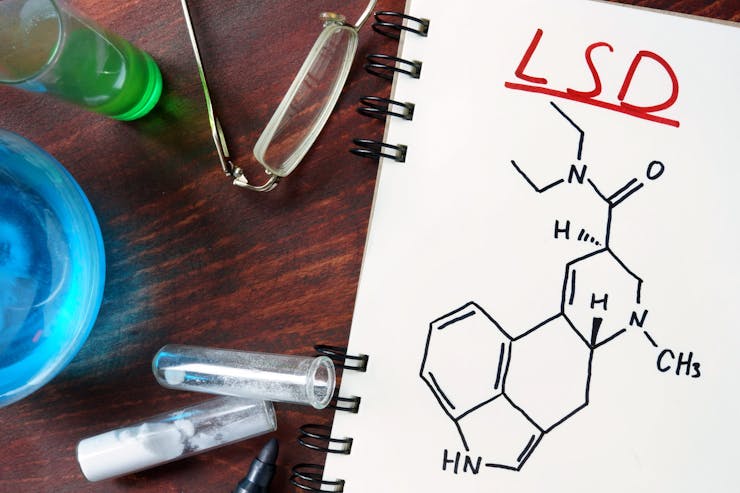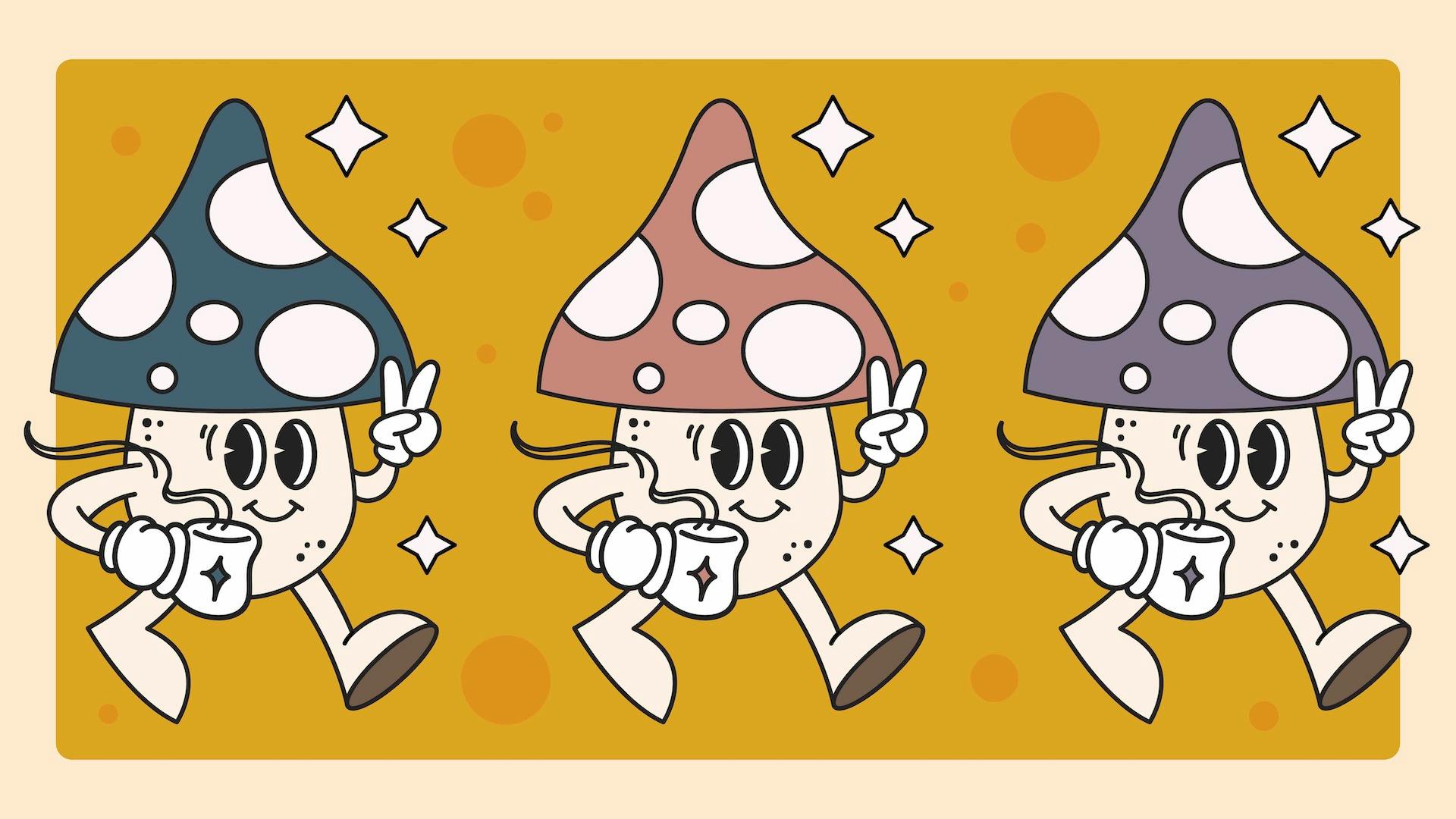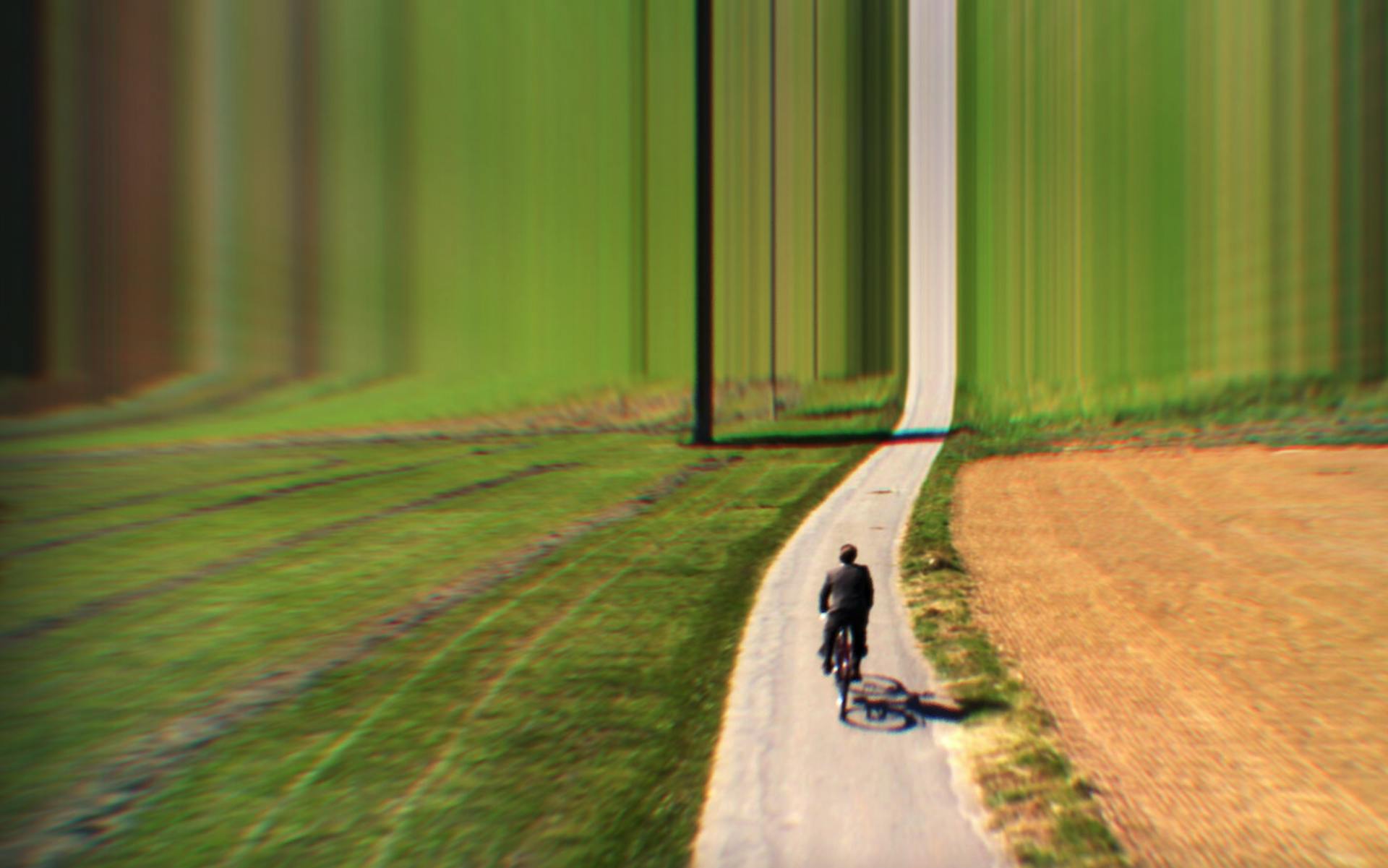In 2022, it’s no exaggeration to say that Canada has become a hub for psychedelic research, but it’s not the first time important work on this fascinating class of drugs has been carried out here.
In the 1950s, two humble (and perhaps unlikely) places were home to some of the earliest and most important uses and investigations of psychedelic drugs: The prairie province of Saskatchewan, and the city of New Westminster, British Columbia.
No one has studied Canada’s psychedelic past more extensively than Dr. Erica Dyck, a professor of history and the Canada research chair in the history of medicine at the University of Saskatchewan.
She has co-authored more than 60 papers and several books on the subject, including her latest, The Acid Room: The Psychedelic Trials and Tribulations of Hollywood Hospital.
Co-written with Jesse Donaldson, it tells the story of Hollywood Hospital in B.C. where more than 6,000 supervised LSD trips took place between 1957 and 1975. It still holds the title of the world’s longest-running psychedelic clinic.
In a recent interview with Leafly, Dyck explained how political reform and advancements in healthcare set the stage for psychedelics to be studied in Canada in the 1950s, and what we can learn from the early investigations into these powerful compounds.
Socialism makes Saskatchewan an ‘ideological magnet’ in the 1940s
It was the election of North America’s first socialist government in Saskatchewan in 1944 that attracted international researchers to the province, making way for experimentation with LSD.
Tommy Douglas, the newly elected provincial leader, had promised to make healthcare available to all residents of Saskatchewan. (Interestingly, Canada’s national medicare program would eventually come to use Douglas’s system as a model.)
Under his leadership, aggressive healthcare reforms began to unfold.
“During the Depression, a lot of middle-class professionals left the province, so part of the healthcare reforms was a fairly intensive recruitment of people into Saskatchewan and the healthcare space,” Dyck said in a Zoom interview.
Shop highly rated dispensaries near you
Showing you dispensaries near“He put out ads in a variety of places trying to recruit people with a combined interest in research and reforms. Saskatchewan became a sort of an ideological magnet for people with a research-intensive focus on healthcare reforms.”
The ads attracted professionals like Dr. Humphry Osmond, a British psychiatrist who had studied hallucinogenic drugs and psychotic disorders in London.
He moved to Saskatchewan in 1951 to serve as the director of the Saskatchewan Mental Hospital in Weyburn, one of the most overcrowded asylums in North America.
The asylum had a reputation for poor treatment, but Osmond was keen to offer patients greater quality of care.
He began working with Dr. Abram Hoffer, a biochemist and psychiatrist working for the Saskatchewan Department of Public Health, who shared Osmond’s enthusiasm to improve psychiatric healthcare in the province.
The two experimented with LSD themselves, taking it together with their wives. Hoffer had been turned on to LSD’s potential by a man named Al Hubbard, an entrepreneur and early proponent of the drug who made it his mission to disseminate it to people of influence.
In Saskatchewan, Osmond and Hoffer explored two main objectives, first hypothesizing that psychedelic drugs like LSD and mescaline, the active ingredient in peyote, were psychotomimetic; that is, they produced effects similar to psychosis. They also studied the effects of LSD on alcohol use disorder, hypothesizing that an experience with LSD could facilitate recovery in patients.
Osmond and Hoffer held sessions at a variety of sites across the province, and although they likely would not have met today’s scientific standards, the pair was able to show that administering LSD to patients suffering from alcohol use disorder led to improved health outcomes.
Together, they administered LSD to an estimated 2,000 patients, with much success. Their results showed that two years after receiving LSD treatment, 50 to 90 percent of patients had fully recovered from alcohol use disorder. Other researchers quickly became interested in their work and in the potential benefits of this exciting new compound.
Hollywood Hospital records reveal patients sought psychedelic treatment for trauma, marital discord, and same-sex attraction
While Osmond and Hoffer administered psychedelics to patients at public healthcare facilities in Saskatchewan, Dr. J. Ross MacLean had plans for a private hospital he had purchased in New Westminster, B.C.
The facility, Hollywood Hospital, was already known for its alcohol use disorder treatment program: In 1957, MacLean joined forces with LSD proponent Hubbard, who at the time was the only licensed LSD importer in Canada. Soon after, Hollywood Hospital started offering patients LSD treatments.
In addition to alcohol use disorder, patients who attended the hospital for LSD treatment sought to overcome anxiety, depression, and even marital discord.
Though they were separated by two provinces, the teams in Saskatchewan and New Westminster were well-connected: “They shared a lot of correspondence, they shared supplies, and they definitely shared protocols or guidelines for dosing and how to set up the treatment rooms,” said Dyck.

While writing The Acid Room, Dyck relied heavily on the hospital’s records, which she digitized for the B.C. Museum and Archives after they were released from a private collection.
Compared to the use of LSD in Saskatchewan, which arose as a result of healthcare reform, the use of LSD in New Westminster’s private Hollywood Hospital had more to do with financial opportunity, according to Dyck.
“It seemed a lot of patients were recommended through social services, and my impression from going through the files is that, although this was a private hospital, they were having trouble collecting on their payments,” she said.
“This was an opportunity to help balance the books, but it also appealed to MacLean as a director with a vision of embracing these experimental compounds.”
Patients were charged anywhere from $600 to $1,000 per treatment.
At the time, rumours swirled that celebrity patients were travelling to New Westminster for treatment at Hollywood Hospital, including actor Cary Grant and singer Andy Williams, but Dyck says she couldn’t find records of their treatment.
“There were a few interesting people in there, but not the ones I had come to associate it with from the newspapers,” said Dyck.
Hollywood Hospital may have been best known for its treatment of alcohol use disorder, but Dyck’s research revealed that patients received treatment for a wide range of traumas.
“What was fascinating to me was not so much the star-studded power, but the diversity of experiences, from people who had survived the holocaust, to people who were trying to seek out insight on same-sex attraction,” Dyck added.
Indigenous ceremonies used to bridge clinical and spiritual experiences with plant-based healing
At the time, researchers’ curiosities were not limited to the physiological effects of mescaline or LSD. Osmond and Hoffer were also interested in learning about the nature of the Indigenous ceremonies in which the consumption of hallucinogenic plant medicines like peyote was central.
When a chapter of the Native American Church was recognized near North Battleford, Saskatchewan, Osmond and three other white scientists were invited to participate in a peyote ceremony hosted by the Red Pheasant Band and reported their findings on the experience to the federal government.
Osmond appreciated the ceremonial setting and context and began borrowing concepts from ceremonies to be used in his treatment room, like dimming the lights and playing music.

“You see this period of this real fascination with these intersections between spirituality, Indigenous knowledge, and plant-based healing, but at the same time, Western medicine is driving towards these very reductionist categories,” explained Dyck.
In 1952, the first Diagnostics and Statistical Manual was published, marking a turning point in Western models of psychiatry and pathological conditions, and putting the focus on individual symptoms.
Simultaneously, some of the first psychiatric pharmaceuticals for these conditions were being marketed to the public. This siloed view was at odds with the experience of participating in a ceremony, which might involve the use of several different plants, musical instruments, and singing, said Dyck.
For the psychiatrists who were studying them, this put psychedelics in an interesting space, where they were part of the pharmacological revolution, but they also represented a different way of engaging with pharmacy, according to Dyck, “that harkens back to these other ways of knowing.”
“That methodological tension really created a big gulf in terms of thinking of Indigenous practices versus non-Indigenous practices, and we see that ricocheting through the conversation today as well.”
We have to look at the past to bring psychedelic healing and research to the future
Now that researchers are studying psychedelics with the same vigour of the ‘50s and ‘60s, Dyck said there is much to be learned from history, although she points out that there is a tendency among present-day researchers to dismiss the work of the past.
“There’s a desire to push past it as if they didn’t know what they were doing, or it was really rudimentary or unsophisticated, but I think it’s wrongheaded to caricature the past in an effort to demonstrate that we have a better handle on things today,” she said.
“I think a lot of the same questions that gripped researchers in the past are still with us, like, how should they be regulated? Should they be regulated at all?”
Dyck also noted that psychedelics are unique in that they are the only drugs for which proponents argue that physicians and therapists who work with them ought to have personal experience with them first.
“If we think about harm reduction language, is it safer to rely on people with personal experience to help guide someone through a therapy session? Taking psychoactive substances is not part of medical school,” she said.
These are just a few of the existential and methodological questions that psychedelics bring to bear on the future of psychedelics. And while she said some of the questions are laid bare in the past, they remain largely unanswered.
“We can take a lot from studying the past, in order to see where some of the minefields are that still exist in this landscape.”








